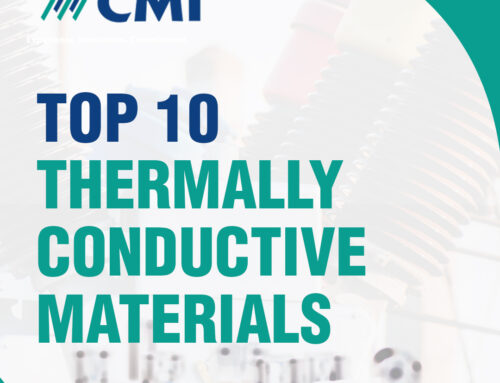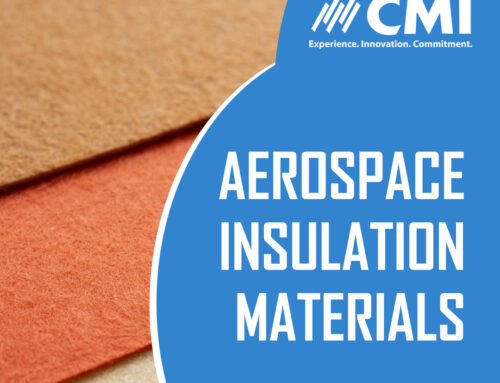What is Micarta Material?
Micarta is the collective brand name for a range of composites consisting of paper, linen, carbon fiber, and fiberglass, or some other type of fabric in a thermosetting plastic. The material was initially designed for use in various electrical and then decorative applications were discovered.
It was developed back in 1910 by George Westinghouse, using phenolic resins that were invented by Leo Baekeland. Paper was used in the formulation, which was then impregnated with resins. Later cotton was also used, which was then cured under pressure and at high temperatures resulting in laminates.
In subsequent years, the manufacturing method began to include fiberglass fabric and a few other resin types. Today, the Micarta in various applications, including the manufacture of knife handles, are produced with various fibers and resins. Micarta is also used as a term to describe resin-impregnated fiber products. Some modern-day products that use Micarta include printed circuit board substrates, knife handles, and electrical insulators.
However, Micarta isn’t the name of a generic product, but in fact, it is the trademark of Industrial Laminates / Norplex, Inc. Though the term is used generically for other similar products, it only refers to one product.
The Difference Between Micarta and G10
It is essential to start out by establishing that both the G10 and Micarta are resin-based materials. The base ingredient of the G10 is mainly glass fibers, where is with Micarta, the base ingredient is linen, but can include paper and fabric too.
While both G10 and Micarta may appear to be the same, at least visibly, in terms of their sleek looks, Micarta is a little more versatile. The slightly material variations in Micarta give it that extra kick needed to create items that look great, stylish, and rugged. Since the G10 is mainly glass, which can accept color, with fibers in a different direction for a unique look, they tend to have their own characteristic uses. That said, G10 has a far smoother texture compared to Micarta.
G10 layers are adhered to using epoxy resins, whereas, with Micarta, the layers are glued using phenolic resins.
Is Micarta Better than G10?
It is a very common question but answering it can be a little tricky. It all boils down to how the material is supposed to be used. In some situations, G10 may offer a better use case as opposed to Micarta.
G10 is mainly made from glass fibers, and that may have people assume it slightly less durable and strong as compared to Micarta. However, if you take a look at both materials’ durability data, you’ll see that they are pretty much on par with each other in terms of compressive strength, tensile strength, and overall flexural strength. Despite both of them being resin-based composites, the glass properties of G10 give it a slight advantage over Micarta. That said, they can be used interchangeably in most cases, like in the case of knife handles and other utensils.
Speaking of kitchen utensils, the long-term appearance of Micarta can be muddied with dirt, oil, and grease, amongst other elements that are common in the kitchen. The edge can get scratched and scuffed after a few years of use. Micarta is also less water-resistant compared to G10, but the overall difference isn’t night and day. In terms of hardness, Micarta isn’t too far behind G10 if you look at the Rockwell hardness M scale data. However, G10 can take damage from heavy impacts, with Micarta being susceptible to dings and small dents.
The takeaway is that both Micarta and G10 are excellent choices for a myriad of uses, including knife handles and those of other kitchen utensils, as well as industrial uses. That’s why most manufacturers will choose either one of these materials based on what they want to achieve.
Facts About Micarta

Micarta Material
Now many people may not be aware that there are a few fascinating facts about Micarta®, some of which will change the way you look at the material. That’s why we’ve decided to list some top facts, which we are sure most people are not aware of in our opinion.
Micarta® Continues to be Made in the USA
Micarta® is available in many colors, surface treatments, and combinations. However, UltreX paper and the use of cotton phenolic materials tend to use the original methods that Westinghouse initially used over a century ago. The only difference is that they have been updated to adhere to current environmental regulations and industrial processes.
G-10 Isn’t Micarta® and Shouldn’t Be Confused
Micarta® is mainly made from paper or cloth and then coated with melamine resin or phenolic. G10, and similarly, FR-4, on the other hand, is made from woven fiberglass and then coated with epoxy resin.
The process involved with the manufacture of both materials is similar in the sense that they are consolidated using heat and pressure for the final laminate. They undergo a chemical reaction termed ‘polymerization,’ which bonds both layers together to form a high-pressure thermoset laminate.
“Micarta” is a Specific Product
Micarta® is a specific product, but the term is often used generically. It has sort of become the Kleenex for these types of materials. However, using it interchangeably is incorrect, regardless of how you look at it.
What is an interesting fact about Micarta®
Micarta® 259-2 was the only material that was initially used in manufacturing the ablation heat shield material for the first ICBM warheads. The material needed to be dense, highly heat resistant, and yet be cheap to manufacture.
Today, everything from automotive tools and parts to tabletops is made from Micarta®.
Have special a design that requires Micarta Material? Not sure if it’s the right material for your project? We can help and create the exact product for your needs and requirements. Call us today for a free consultation.







You must be logged in to post a comment.